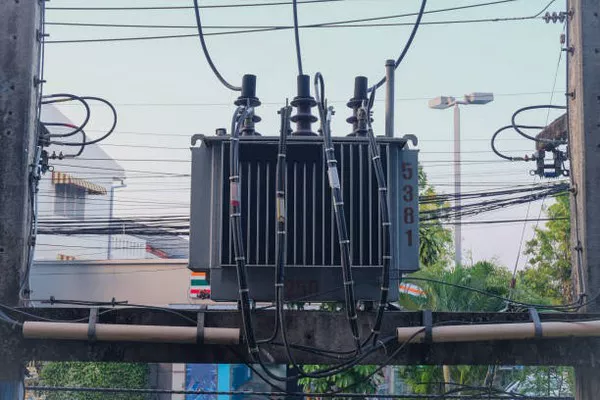Current transformers (CTs) play a crucial role in the field of electrical engineering by accurately measuring and monitoring electrical currents. They are essential components in power systems, ensuring the safe and efficient operation of various electrical devices. Different applications and requirements have led to the development of various types of current transformers. In this article, we will explore the key types of current transformers, their characteristics, and their applications.
Wound Current Transformers
Wound current transformers are the most traditional and widely used type. They consist of a primary winding, a magnetic core, and a secondary winding. The primary winding is connected in series with the electrical circuit carrying the current to be measured, while the secondary winding is connected to the measuring instrument or protective relay. Wound current transformers are known for their high accuracy and reliability, making them suitable for a wide range of applications, from power distribution to industrial processes.
Toroidal Current Transformers
Toroidal current transformers, also known as ring-type current transformers, feature a toroid-shaped magnetic core. The conductor carrying the current passes through the central opening of the toroid. Toroidal CTs offer advantages such as smaller size, lighter weight, and reduced electromagnetic interference compared to wound CTs. They are commonly used in applications where space is limited, such as in compact switchgear and metering systems.
Bar-type Current Transformers
Bar-type current transformers are designed with a straight bar or rod through which the current-carrying conductor passes. These CTs are often used in high-voltage systems and are characterized by their robust construction and ability to handle high currents. Bar-type current transformers are suitable for applications where accuracy and reliability are critical, such as in power generation plants and large industrial facilities.
Window-type Current Transformers
Window-type current transformers are specifically designed for easy installation and retrofitting into existing systems. They consist of a split-core or split-ring that can be opened, allowing the CT to be placed around the conductor without the need to disconnect it. This design makes window-type current transformers ideal for applications where it is impractical or impossible to interrupt the current flow for installation. They are commonly used in retrofit projects, energy monitoring, and power quality analysis.
Resin-cast Current Transformers
Resin-cast current transformers are known for their excellent mechanical strength and environmental resistance. The primary and secondary windings, along with the magnetic core, are encapsulated in epoxy resin, providing protection against moisture, chemicals, and mechanical stress. Resin-cast CTs are commonly used in outdoor and harsh environmental conditions, such as in substations and outdoor switchyards.
Oil-filled Current Transformers
Oil-filled current transformers utilize oil as an insulating medium for the magnetic core and windings. The oil serves to cool the transformer and provides additional insulation. These CTs are suitable for high-voltage applications, offering enhanced dielectric strength and reliability. Oil-filled current transformers are often used in transformers, circuit breakers, and other high-voltage equipment.
Gas-insulated Current Transformers
Gas-insulated current transformers are designed for use in gas-insulated switchgear (GIS) systems. They employ sulfur hexafluoride (SF6) gas as an insulating medium, providing excellent dielectric properties. Gas-insulated CTs are compact, lightweight, and offer high reliability, making them suitable for space-constrained environments and applications where safety is paramount, such as in urban substations.
See Also How Transformers Increase Voltage? All You Need to Know
Conclusion
In conclusion, the various types of current transformers cater to diverse needs in the field of electrical engineering. From traditional wound current transformers to modern gas-insulated CTs, each type has its unique characteristics and applications. Engineers and technicians must carefully choose the appropriate type of current transformer based on factors such as accuracy requirements, environmental conditions, and space constraints. Understanding the distinctions between these types enables professionals to make informed decisions, ensuring the optimal performance of electrical systems and the safety of critical equipment.

